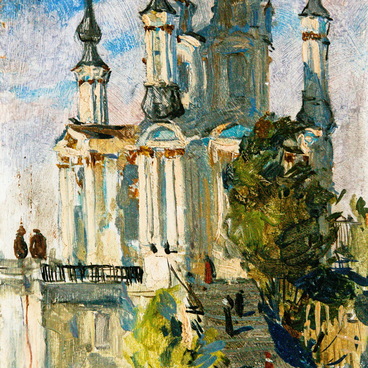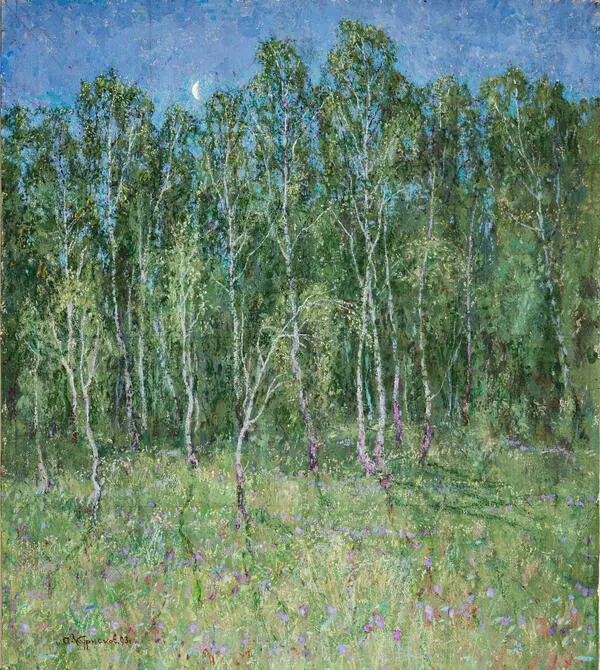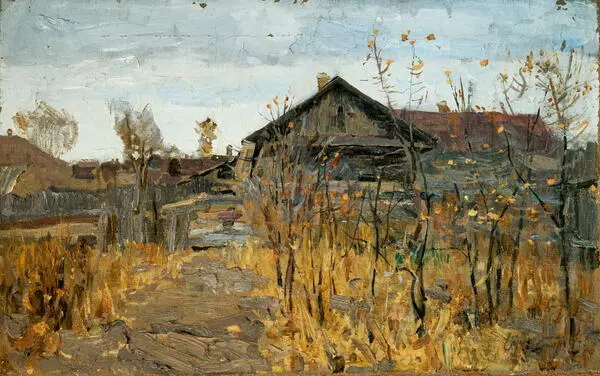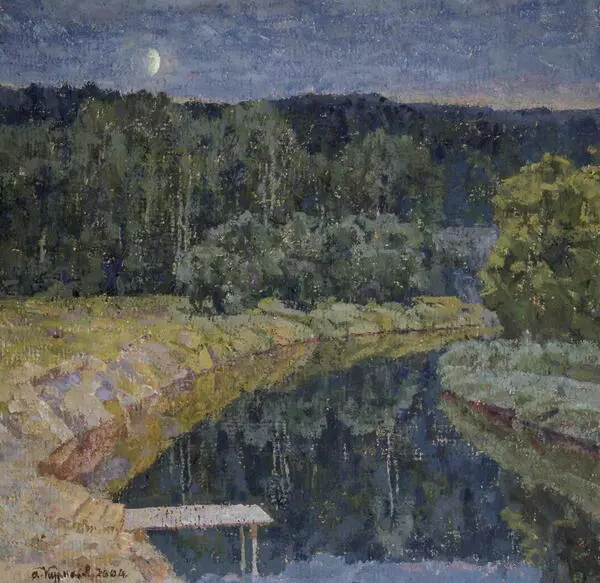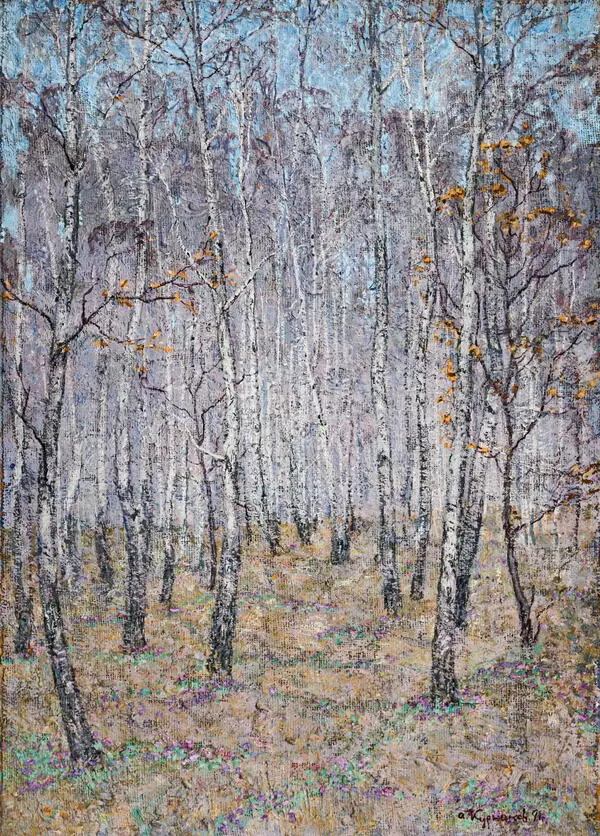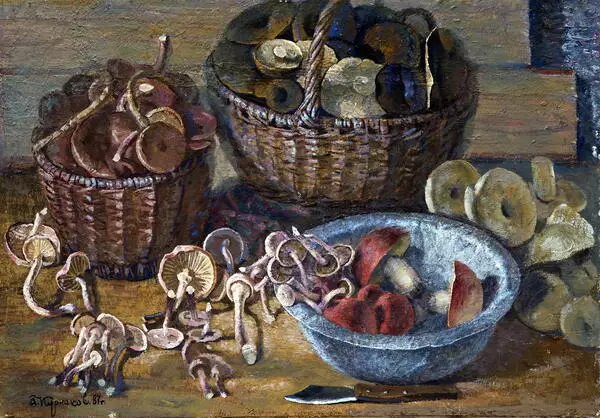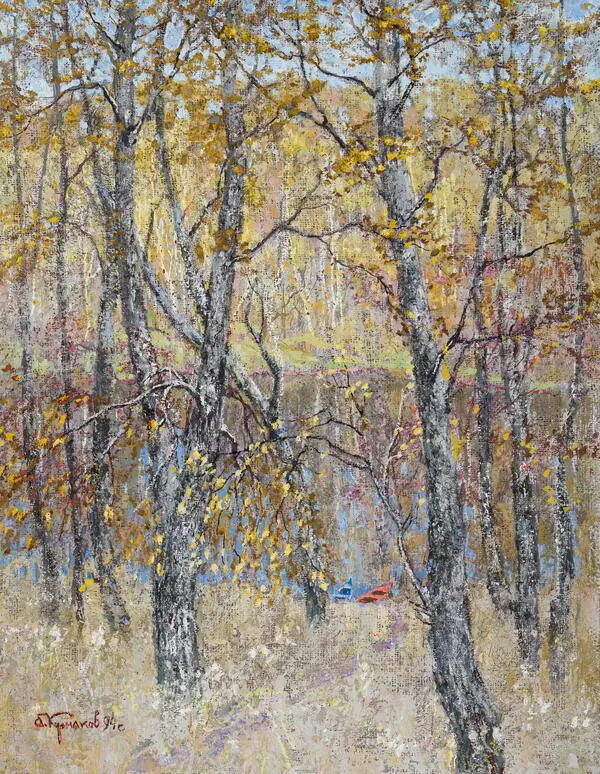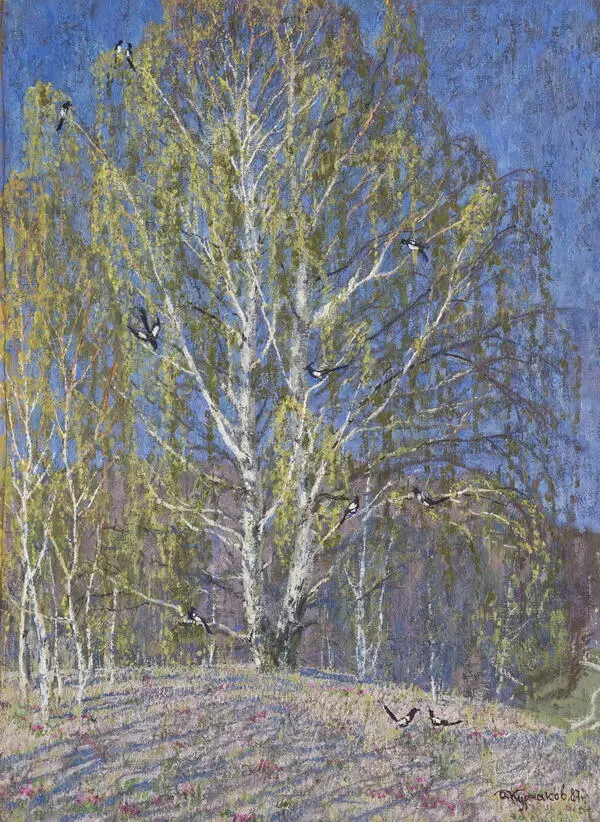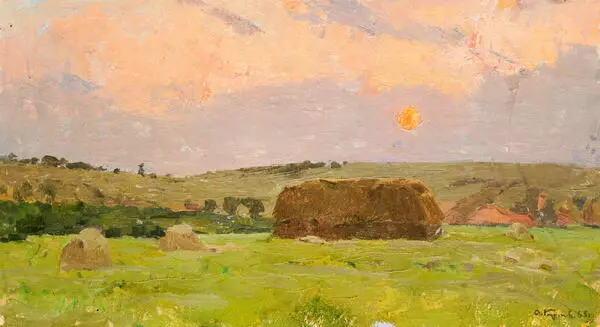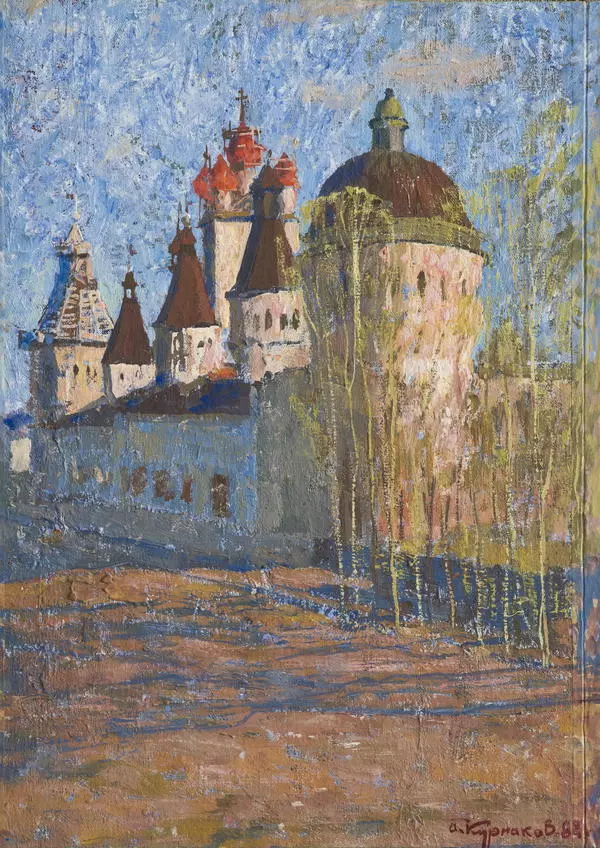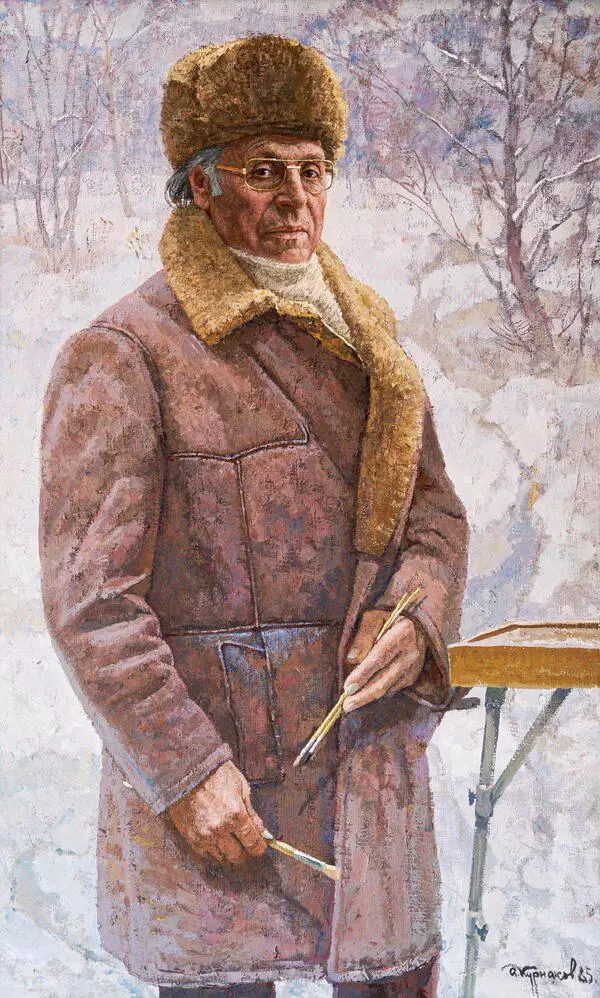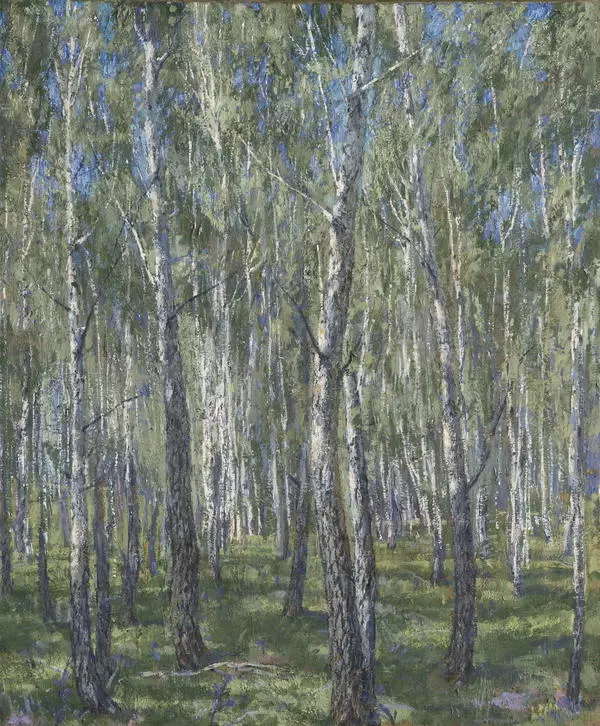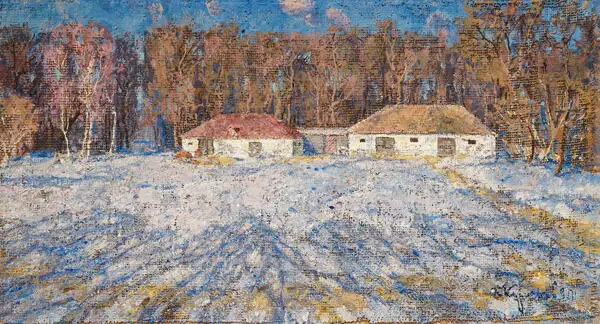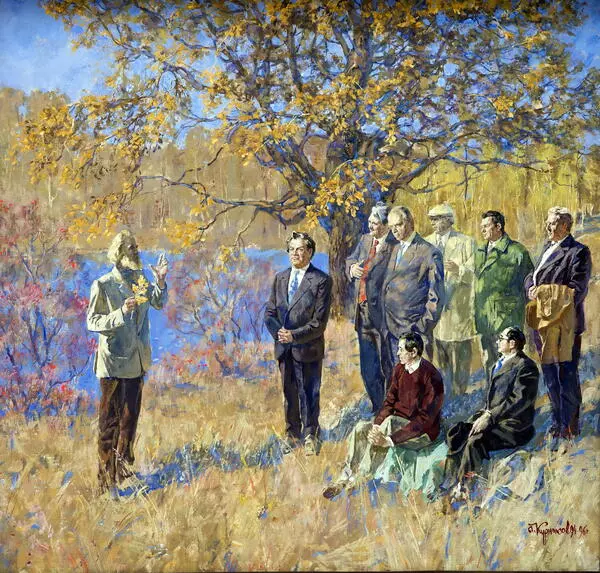On the southern coast of the Crimean peninsula, in the city of Alupka, is the Vorontsov Palace adjoined by a fabulous eponymous park — a true gem of the garden art. 40 hectares of various picturesque plants are located between the bottom of Ai-Petri Mount and the sea.
The construction of the park started in 1824 — four years before the groundbreaking of the palace. The German horticulturalist and well-known botanist Carolus Keebach was in charge of the landscaping. According to his rather unusual project, the Vorontsov Park was built in the form of an amphitheater divided by a road into two parts — the abstract, austere, masonry Upper park and the elegant, green, Italian-style Lower park.
The Lower park of the Vorontsov estate has direct access to the sea and is now full of greenery providing a lot of shade. However, historically, the local soil used to be quite barren, so, apart from exotic plants from all over the world, Keebach also brought some fertile black soil. The garden is currently home to over 200 species of trees, herbs, and shrubs, including the tree depicted in Andrey Kurnakov’s study.
The picture is titled “Chinar. Alupka”. It shows the tree of wise men and heroes — the plane tree that is also known as chinar. Its gracefully curved branch occupies the pictorial space almost entirely. Intended as the center of the composition, it is seen both in the blue sky and against the backdrop of the azure sea.
The artist manages to masterfully convey the vastitude, the high horizon, and the moving air. The steep and abrupt coast stretches into the distance and separates the sky from the sea. The foreground depicts the tree’s immense dark trunk. The bark has a greenish-gray or drab color, and since it is natural for patches of the old bark to fall off and reveal the new bark due to the tree’s rapidly growing width, the trunk seems spotted. The artist manages to capture this transition with his choice of colors and light and shade contrasts.
Kurnakov adds brightness and sunlight to the tree crown so that it looks as if illuminated. The work is mostly painted in cold shades with the prevalence of blue and silver, but despite this, the picture radiates the warmth of a sunny day in the south.
The construction of the park started in 1824 — four years before the groundbreaking of the palace. The German horticulturalist and well-known botanist Carolus Keebach was in charge of the landscaping. According to his rather unusual project, the Vorontsov Park was built in the form of an amphitheater divided by a road into two parts — the abstract, austere, masonry Upper park and the elegant, green, Italian-style Lower park.
The Lower park of the Vorontsov estate has direct access to the sea and is now full of greenery providing a lot of shade. However, historically, the local soil used to be quite barren, so, apart from exotic plants from all over the world, Keebach also brought some fertile black soil. The garden is currently home to over 200 species of trees, herbs, and shrubs, including the tree depicted in Andrey Kurnakov’s study.
The picture is titled “Chinar. Alupka”. It shows the tree of wise men and heroes — the plane tree that is also known as chinar. Its gracefully curved branch occupies the pictorial space almost entirely. Intended as the center of the composition, it is seen both in the blue sky and against the backdrop of the azure sea.
The artist manages to masterfully convey the vastitude, the high horizon, and the moving air. The steep and abrupt coast stretches into the distance and separates the sky from the sea. The foreground depicts the tree’s immense dark trunk. The bark has a greenish-gray or drab color, and since it is natural for patches of the old bark to fall off and reveal the new bark due to the tree’s rapidly growing width, the trunk seems spotted. The artist manages to capture this transition with his choice of colors and light and shade contrasts.
Kurnakov adds brightness and sunlight to the tree crown so that it looks as if illuminated. The work is mostly painted in cold shades with the prevalence of blue and silver, but despite this, the picture radiates the warmth of a sunny day in the south.

